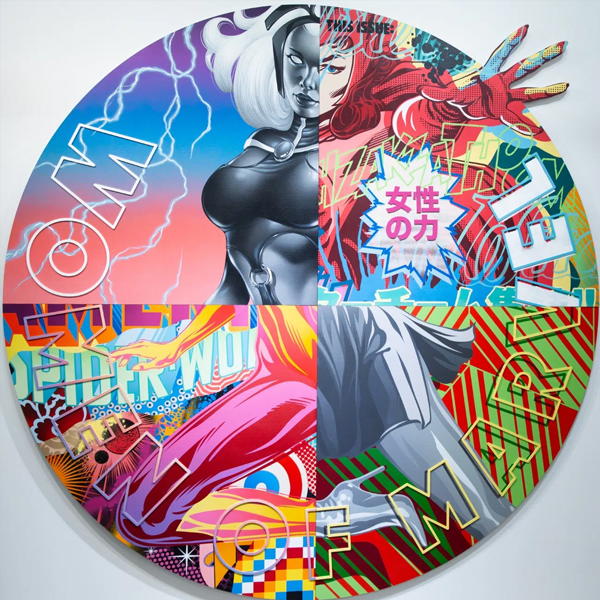
Artist Alexander Groves and architect Azusa Murakami of London-based interdisciplinary design practice Studio Swine explore the long tradition of maritime crafts in Gyrecraft, a new project consisting of an ocean journey, five unique sculptures, and a short film. Making their way from Azores to the Canaries through the North Atlantic Gyre, the artists sailed 1,000 nautical miles while collecting discarded plastic they found floating in the water. Using the Solar Extruder, a flashy, sun-powered machine that they designed and built, Groves and Murakami melted the tiny plastic fragments into a decorative material reminiscent of coral and turtle shells. Inspired by local craft traditions present in coastal and island cultures around the world, the duo transformed the drifting sea plastic into unique works of art representing the five gyres they traveled through.
Gyrecraft draws attention to the disappearing tradition of maritime crafts throughout the world, as well as the growing problem of plastic pollution in the ocean. “Sea plastic is a totally global problem and it's a totally global material,” Murakami told Wallpaper* Magazine. “Gyrecraft shows how a globally ubiquitous and industrial material such as plastic can be crafted to express regional identity, and [how] this once disposable material can be handcrafted into durable, desirable objects.”

North Pacific Gyre, 2015. Sea plastic, green abalone shell, brass, rope, shackle.
The first gyre was discovered by Captain Charles Moore in the North Pacific. The stretch of sea between Russia and Alaska is notorious for industrial crab fishing. Studies on crabs which inhabit the depths of the Bering Strait have found increasing plastic particles in their respiratory systems.
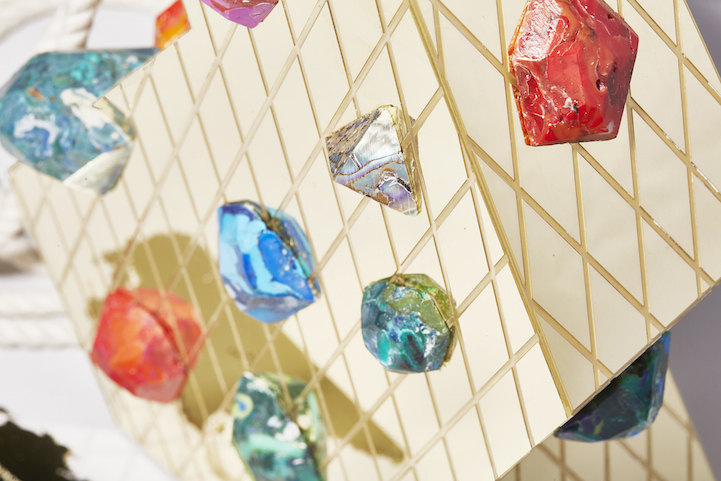
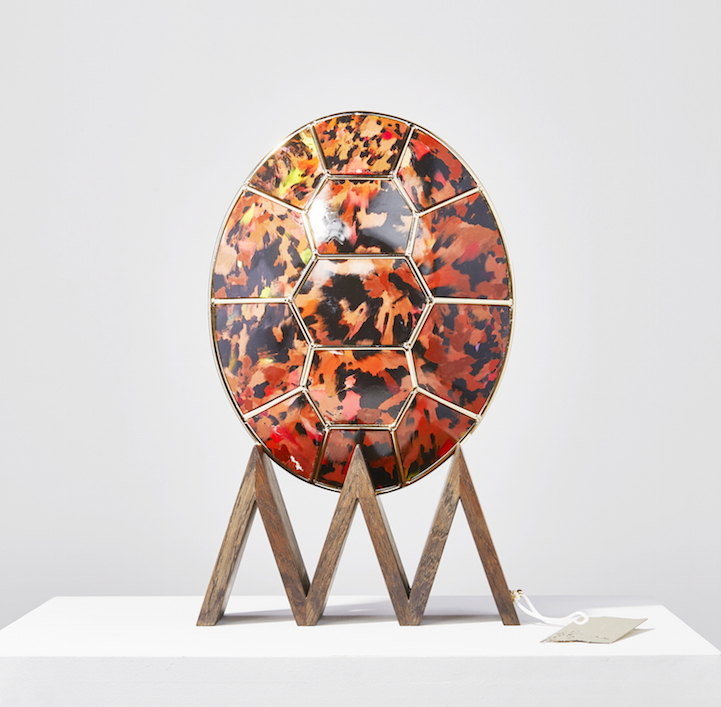
South Pacific Gyre, 2015. Sea plastic, reclaimed hardwood, gold plated steel, brass, rope.
The South Pacific has the largest expanse of water in the world. The remote island communities have survived and thrived entirely on the sea. As a result, they have developed a distinctive vernacular style of cats with a complex gift-giving culture with precious materials such as turtle shell, black pearls, and tropical hardwoods.

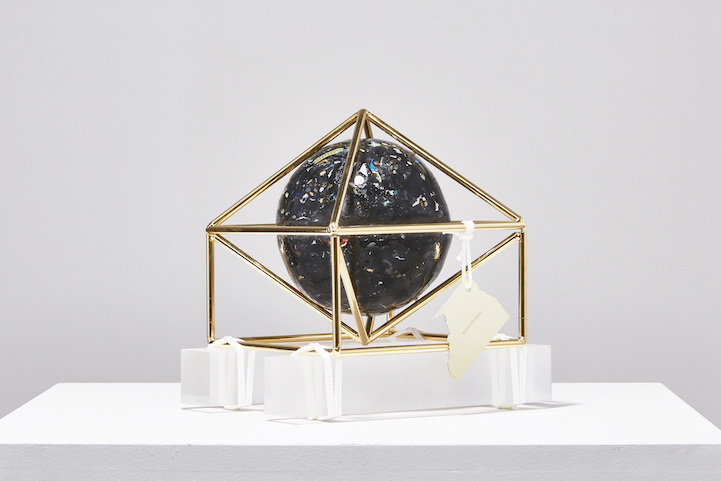
South Atlantic Gyre, 2015. Sea plastic, gold plated steel, brass, rope, sandblasted glass.
The South Atlantic is renowned for treacherous storms whipping around the great capes of South America and Africa in a stretch of sea called the Roaring Forties. This vessel refers to the many polar expeditions that cross this dangerous passage.


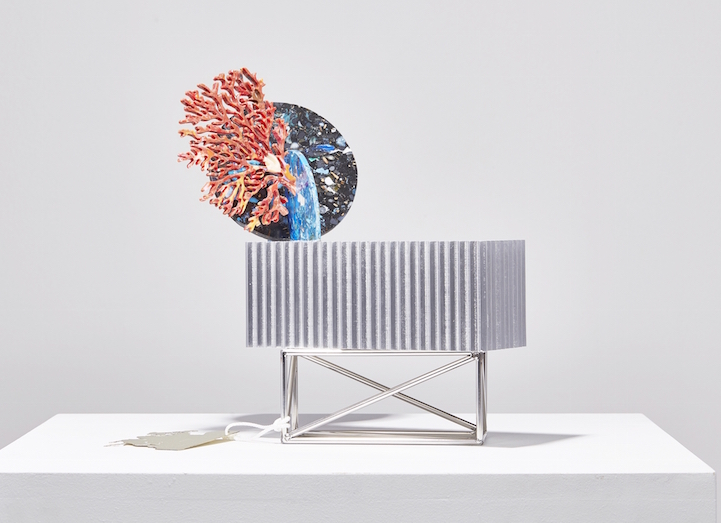
Indian Ocean Gyre, 2015. Sea plastic, mother of pearl, aluminium, steel, brass, rope.
The Indian Ocean has some of the heaviest shipping traffic in the world; globally, more than 10,000 container crates are lost each year. The Sentinelese people of the Andaman Islands are the last pre-Neolithic tribe in the world. Although isolated from the modern world, they receive the newest synthetic materials in the form of ocean plastic.

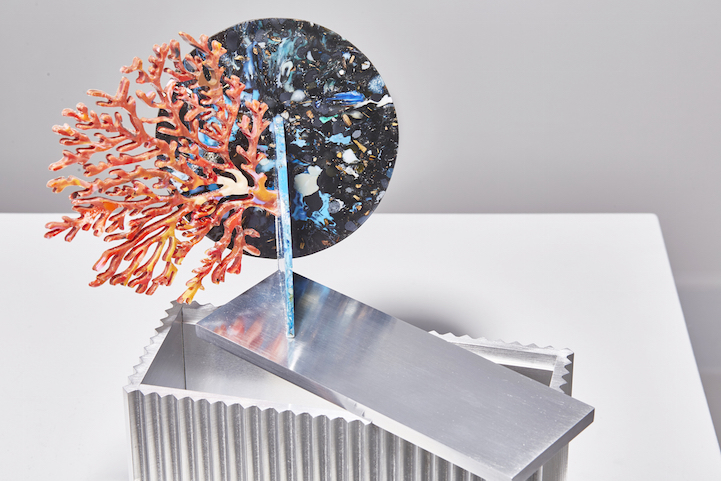
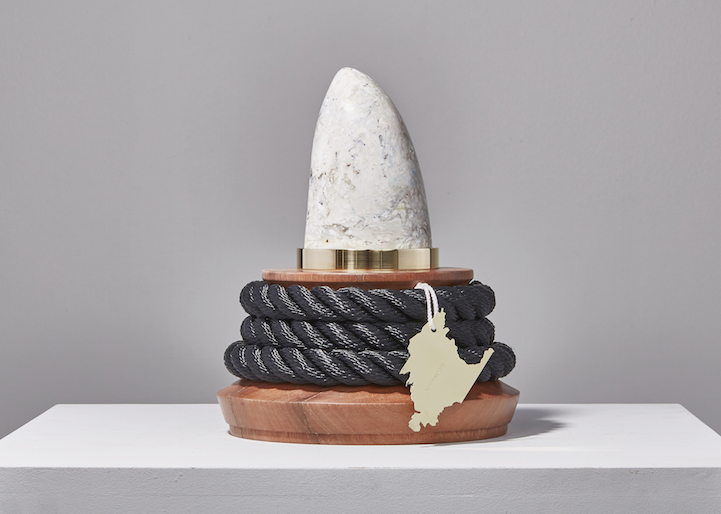
North Atlantic Gyre, 2015. Sea plastic, reclaimed mahogany, rope, brass.
The North Atlantic Gyre is situated near the Azores. These islands had a major whaling industry that was driven by the global demand for whale oil in a time before the discovery of petroleum. The Azores have a long tradition of scrimshaw craft, which is a form of engraving on whale teeth that was done to relieve boredom and maintain order amongst the crew when there was no wind and no whales.
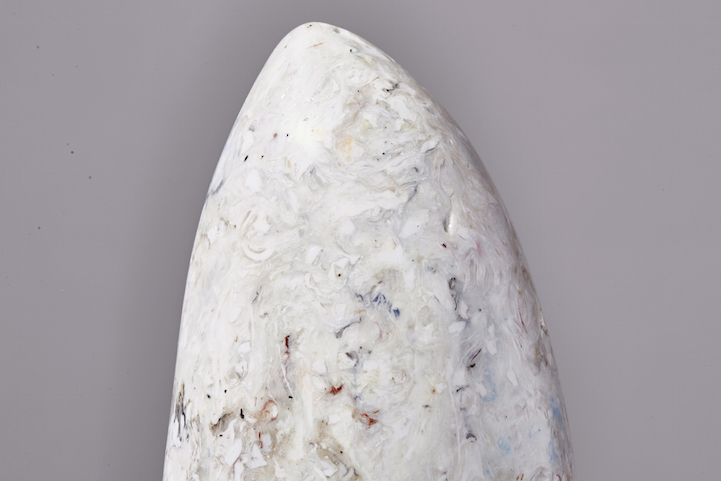
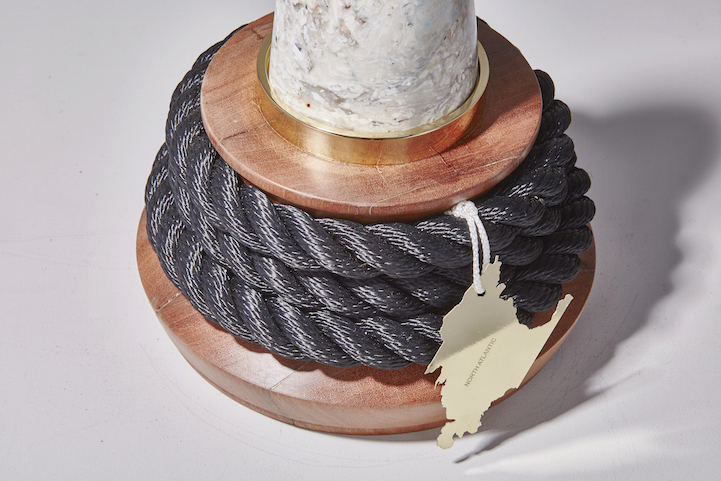
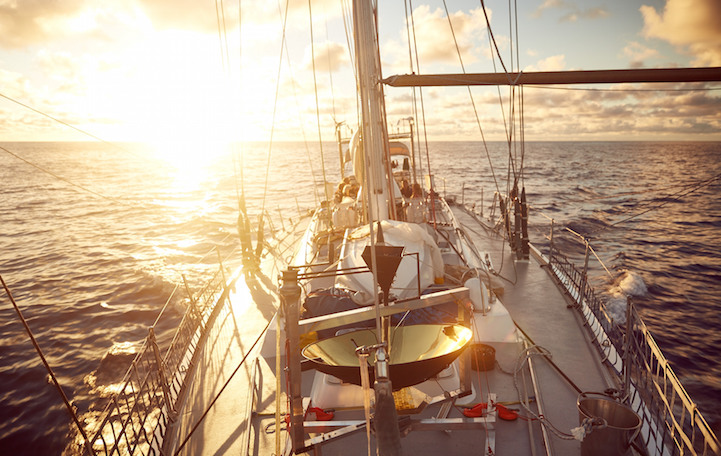
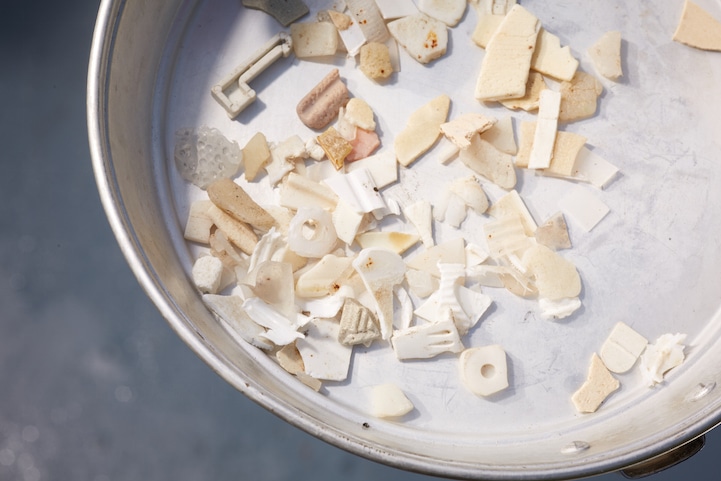
Gyrecraft from Studio Swine on Vimeo.
Studio Swine: Website | Facebook | Instagram
via [Twisted Sifter]



















































































